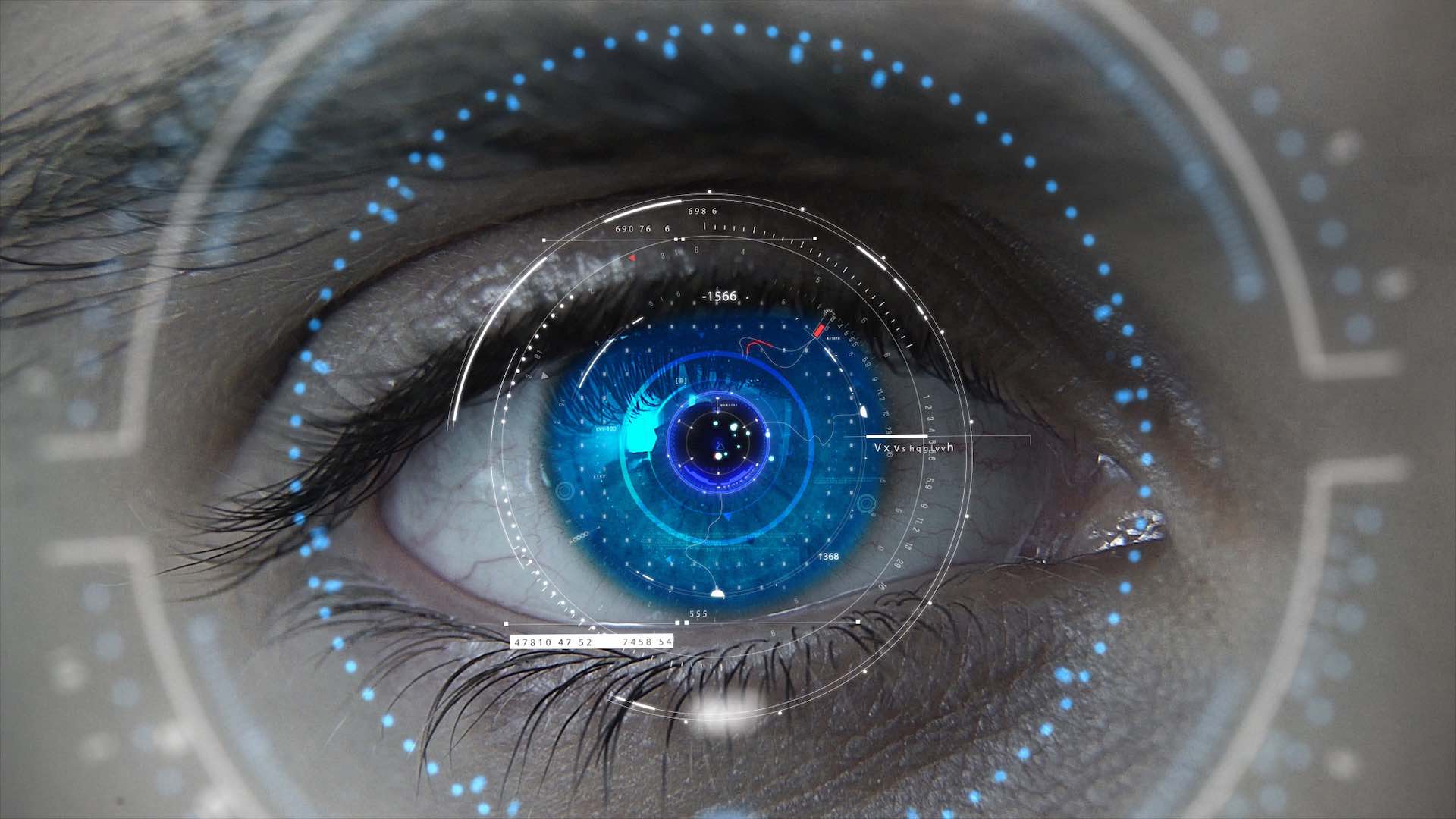In a groundbreaking advancement in diabetes treatment, researchers from Sweden’s KTH Royal Institute of Technology and Karolinska Institutet have revealed that the eye could be an optimal location for implanting insulin-producing cells. This pioneering discovery could transform how we combat one of the foremost health challenges of our generation. Diabetes, specifically type 1, results from the immune system erroneously targeting and eradicating insulin-producing cells in the pancreas.

This devastates the body’s capability to manage blood sugar levels, culminating in a myriad of health complications. In response, scientists have ventured into generating new pancreatic cells from patients’ stem cells. Although human trials have indicated promising outcomes, there remains an impediment: the body’s inclination to recognize and reject the foreign device.
The Swedish researchers, in a novel approach, opted to place the implant in the eye. Contrary to the unsettling notion of eye implants, the eye offers a sanctuary devoid of the immune cells notorious for rejecting such devices. Furthermore, its proximity to blood vessels ensures swift insulin delivery to the bloodstream. Another unique benefit is the ability for medical professionals to routinely observe the device’s performance via simple ocular examination.
Delving into the mechanics, the team engineered a wedge-shaped micro-device, 240 micrometers in length, and positioned it in the anterior chamber of the eye in mice, the region sandwiched between the cornea and iris. This device was equipped with micro-organs resembling pancreatic islets responsible for insulin production. “Our innovative device, structured to hold living mini-organs securely in a micro-cage, introduces a flap door technique, eliminating the necessity for additional anchors,” explained Wouter van der Wijngaart, a key contributor to the research.
Preliminary tests on mice evinced the device’s capacity to remain steadfast for several months. The cells effortlessly merged with the eye’s blood vessels and exhibited sustained normal functionality. Anna Herland, the research’s lead author, enunciated, “This venture signifies a preliminary stride toward sophisticated medical micro-instruments equipped to localize and oversee the operation of cell grafts. Anticipate future amalgamations comprising enhanced device utilities, from integrated electronics to potential drug dispensation.” The detailed study is available in the esteemed ‘Advanced Materials’ journal.
